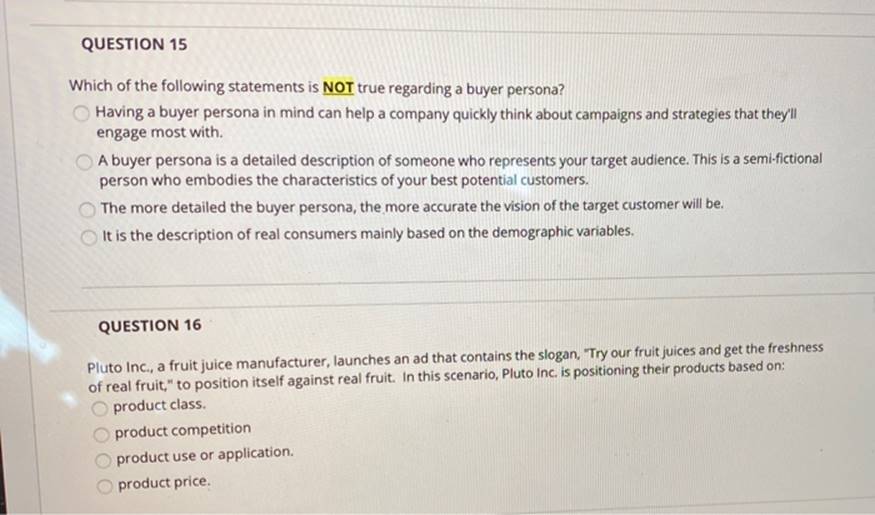Which Of The Following Statements About Cad Is Not True

The digital design world is built on the foundation of Computer-Aided Design (CAD) software. It's a cornerstone of engineering, architecture, and manufacturing. But with its widespread adoption, a sea of misconceptions and outdated information has emerged, clouding the understanding of its true capabilities and limitations.
Distinguishing fact from fiction is crucial for professionals and students alike. As the industry evolves rapidly, outdated beliefs can hinder effective utilization of CAD tools and stifle innovation.
This article aims to dissect common CAD statements, specifically focusing on identifying inaccuracies and providing clarity. We will be relying on industry standards, expert opinions, and factual data from reputable organizations to provide a comprehensive and balanced overview.
Debunking CAD Myths
The world of CAD is often shrouded in myths, hindering its optimal utilization. Let's explore some common statements and separate fact from fiction.
CAD is Only for Large Enterprises
This is a pervasive myth. While large corporations were early adopters, the democratization of software and the rise of cloud-based solutions have made CAD accessible to businesses of all sizes.
Subscription models and open-source alternatives provide cost-effective entry points for startups and individual designers. The belief that CAD is exclusively for large enterprises is simply no longer accurate.
CAD Software is Incredibly Difficult to Learn
The learning curve depends on the software's complexity and the user's prior experience. However, the notion that all CAD software is inherently difficult is misleading.
Many modern CAD programs offer intuitive interfaces, extensive tutorials, and active online communities. Targeted training programs and online courses can significantly accelerate the learning process. With dedication and the right resources, anyone can master CAD.
CAD Eliminates the Need for Manual Drafting
CAD significantly reduces the reliance on manual drafting, but it doesn't entirely eliminate it. Hand sketching remains valuable for conceptualization and quick idea generation.
In some specialized fields like fine art or traditional architecture, hand drafting continues to play a significant role. CAD enhances the design process, but it doesn't replace the fundamental skills of visual communication.
CAD Software Guarantees Flawless Designs
CAD tools are powerful but they are tools nonetheless. They assist in the design process but do not guarantee error-free results.
The accuracy of a CAD model depends heavily on the user's expertise and attention to detail. Design flaws can arise from incorrect input, inadequate analysis, or a lack of understanding of engineering principles. CAD improves accuracy but does not replace human judgment.
All CAD Software is Created Equal
This statement is demonstrably false. Various CAD software packages cater to different industries and design needs. They have different functionalities, capabilities, and price points.
For example, AutoCAD is widely used for general-purpose drafting, while SolidWorks excels in mechanical design and Revit is specialized for building information modeling (BIM). The best CAD software for a given project depends on the specific requirements and the user's expertise.
CAD is Only Used for 2D Drawings
While CAD started with 2D drafting, its capabilities have expanded significantly. Modern CAD software excels in 3D modeling, simulation, and analysis.
3D CAD allows designers to create realistic visualizations, perform virtual testing, and optimize designs for manufacturing. To say that CAD is only for 2D drawings is a gross underestimation of its current potential. 3D CAD is considered the most widely used nowadays.
The Role of BIM in Modern CAD
Building Information Modeling (BIM) is an intelligent 3D model-based process. It gives architecture, engineering, and construction (AEC) professionals the insight and tools to more efficiently plan, design, construct, and manage buildings and infrastructure.
BIM has become increasingly integrated with CAD workflows, blurring the lines between the two. Some consider BIM to be an evolution of CAD, incorporating more data and intelligence into the design process.
CAD software is integral to the BIM process, creating and managing the digital representation of a building. The relationship between CAD and BIM is symbiotic, driving efficiency and collaboration in the construction industry. The core of the future is in the BIM technology.
The Future of CAD
CAD technology continues to evolve rapidly, driven by advancements in artificial intelligence (AI), cloud computing, and virtual reality (VR). AI-powered CAD tools can automate repetitive tasks, optimize designs, and even suggest creative solutions.
Cloud-based CAD platforms enable real-time collaboration and access to design data from anywhere in the world. VR technology allows designers to immerse themselves in their creations, gaining a better understanding of spatial relationships and design aesthetics.
The future of CAD is about increased automation, seamless collaboration, and enhanced visualization. Staying informed about these developments is essential for leveraging the full potential of CAD technology.








![Which Of The Following Statements About Cad Is Not True [FREE] Which of the following statements are true? Select all that](https://media.brainly.com/image/rs:fill/w:750/q:75/plain/https://us-static.z-dn.net/files/d90/4b39bc0aff46101f244979308f0c2630.png)






![Which Of The Following Statements About Cad Is Not True [ANSWERED] hich of the following statements is NOT true about an X - Kunduz](https://media.kunduz.com/media/sug-question-candidate/20220517073819915626-4368402.jpg?h=512)
